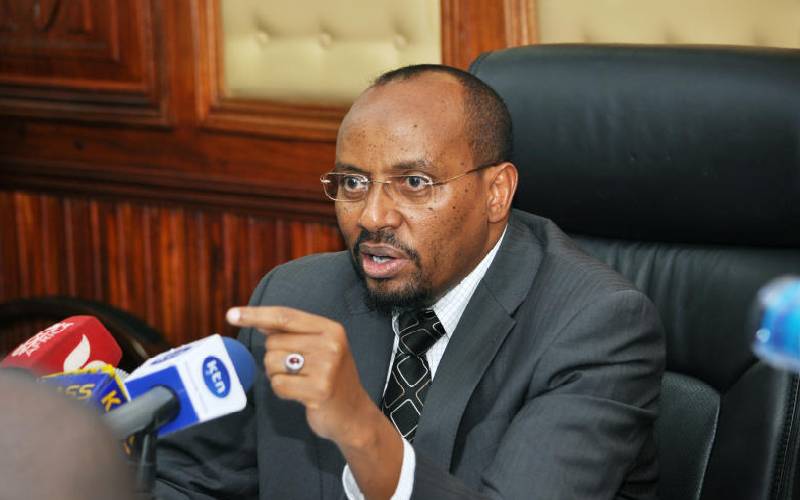×
The Standard e-Paper
Join Thousands of Readers

Former Mandera Senator Billow Kerrow at a past meeting. He has poked holes on the one man, one vote, one shilling mantra backed by Mt Kenya senators, arguing that the nine counties that make up the larger Mt Kenya do not generate 60 per cent of the GDP. [File, Standard]
The proponents of population against land mass as the main factor to determine counties’ allocations in the next five years, are pulling in different direction.